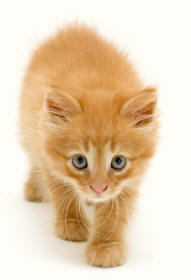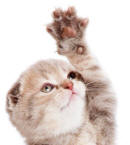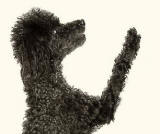Glossary

Gait
The pattern of movement of animals during (terrestrial) locomotion.
Gaits used by cats and dogs include the walk, the amble, the pace, the trot, the canter and the gallop.
Gaits used by cats and dogs include the walk, the amble, the pace, the trot, the canter and the gallop.
Limb
An appendage to the main body of an organism.
For example, an arm, leg, flipper or wing.

For example, an arm, leg, flipper or wing.

Forelimb
Either of the cranial (anterior) limbs.
Hind Limb
Either of the caudal (posterior) limbs.
Contralateral
Relating to the opposite side of the body.
For example, diagonally contralateral limbs are limbs on diagonally opposite sides of the body.
For example, diagonally contralateral limbs are limbs on diagonally opposite sides of the body.
Ipsilateral
Relating to the same side of the body.
For example, ipsilateral limbs are limbs that are on the same side of the body.

For example, ipsilateral limbs are limbs that are on the same side of the body.

Title7
text
Title8
text
Title9
text
hover over shaded words to reveal more
Walk
The slowest of all gaits used by cats and dogs, in which minimum energy is expended.
Three limbs remain on the ground while the fourth is raised and moved forwards.
The walk is a four-beat gait, each limb moving separately from the others. A sequence of footfalls might be right hind foot, right forefoot, left hind foot, left forefoot.

Illustration of a Horse Walking





